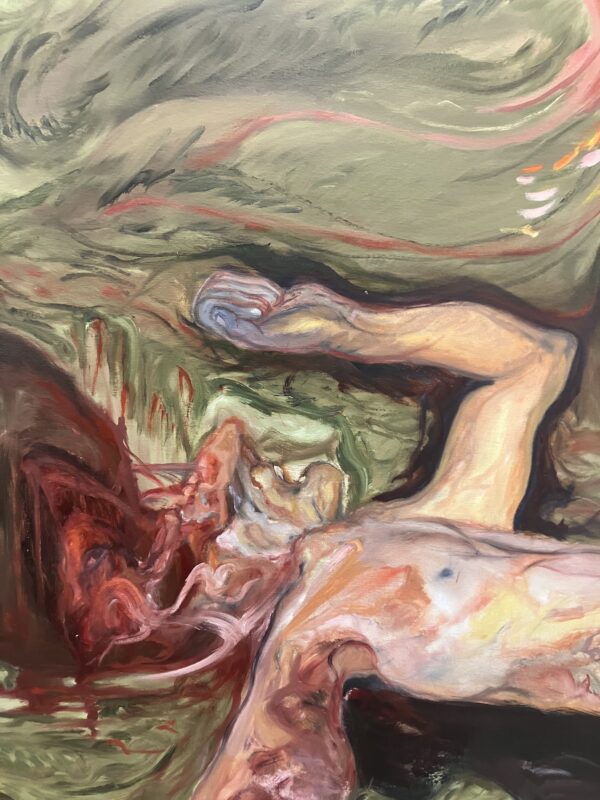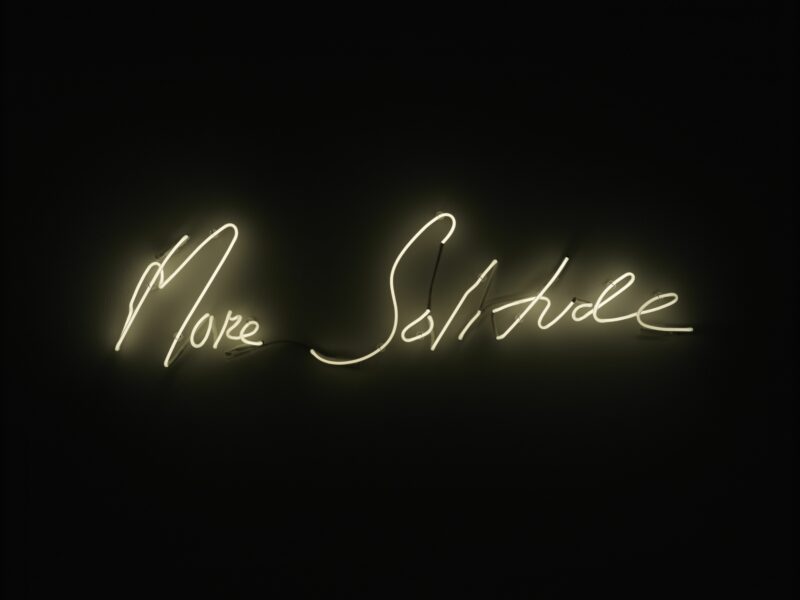A lot has happened to Tracey Emin this year, she has had a huge emergency operation for a cancer that killed her mum and she has also had to cope with this during a lockdown. But despite these personal setbacks she has managed to open two gallery exhibitions at Xavier Hufkens and White Cube plus recorded a podcast for Dior Talks on feminism, identity and fashion for International Women’s Day. Plus she has opened and curated a very personal exhibition: Tracey Emin’s exhibition Tracey Emin/ Edvard Munch: The Loneliness of the Soul which has re-opened at the RA last week after lockdown, Above is an overview of the exhibition presented by Tracey Emin herself.
Watch more FADTV HERE
About Edvard Munch
Edvard Munch Norwegian: (12 December 1863 – 23 January 1944) was a Norwegian painter. His best-known work, The Scream, has become one of the most iconic images of world art.
His childhood was overshadowed by illness, bereavement and the dread of inheriting a mental condition that ran in the family. Studying at the Royal School of Art and Design in Kristiania (today’s Oslo), Munch began to live a bohemian life under the influence of nihilist Hans Jæger, who urged him to paint his own emotional and psychological state (‘soul painting’). From this emerged his distinctive style.
Travel brought new influences and outlets. In Paris, he learned much from Paul Gauguin, Vincent van Gogh and Henri de Toulouse-Lautrec, especially their use of colour. In Berlin, he met Swedish dramatist August Strindberg, whom he painted, as he embarked on his major canon The Frieze of Life, depicting a series of deeply-felt themes such as love, anxiety, jealousy and betrayal, steeped in atmosphere.
The Scream was conceived in Kristiania. According to Munch, he was out walking at sunset, when he ‘heard the enormous, infinite scream of nature’. The painting’s agonised face is widely identified with the angst of the modern person. Between 1893 and 1910, he made two painted versions and two in pastels, as well as a number of prints. One of the pastels would eventually command the fourth highest nominal price paid for a painting at auction.
As his fame and wealth grew, his emotional state remained insecure. He briefly considered marriage, but could not commit himself. A breakdown in 1908 forced him to give up heavy drinking, and he was cheered by his increasing acceptance by the people of Kristiania and exposure in the city’s museums. His later years were spent working in peace and privacy. Although his works were banned in Nazi Germany, most of them survived World War II, securing him a legacy.









